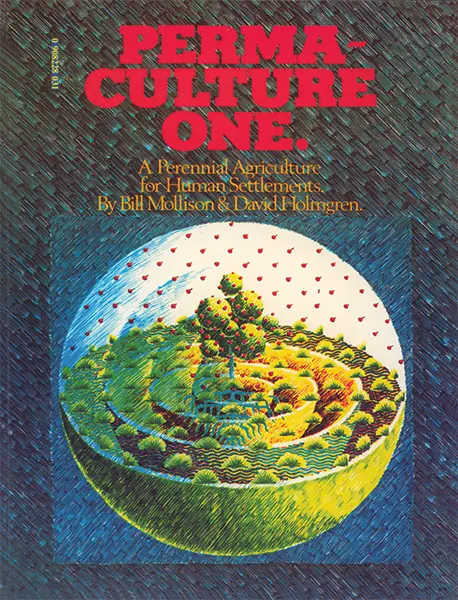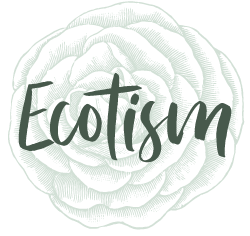Permaculture: Designing for Sustainable Living
Permaculture, a term derived from “permanent” and “agriculture,” is a versatile design philosophy originating in 1970s Tasmania, Australia. It’s the brainchild of Bill Mollison, an environmental psychology lecturer, and David Holmgren, a forward-thinking student. Together, they sought solutions to the harmful impacts of industrial farming, leading to the influential book “Permaculture One” in 1978.

At its core, permaculture is a way of creating systems that meet their own needs and recycle waste, applied across various scales. Whether in regenerative agriculture or small kitchen gardens, permaculture’s adaptability showcases that sustainability can thrive in different settings.
Mollison’s inspiration came from studying natural ecosystems, where he observed plants forming beneficial communities. This insight paved the way for a new approach to agriculture and community design, emphasizing placing elements together for mutual support.
Reflecting on his journey, Mollison noted:
“I teach self-reliance, the world’s most subversive practice. I teach people how to grow their own food, which is shockingly subversive. So, yes, it’s seditious. But it’s peaceful sedition.”
He also touched on the urgency of applying ecological principles, remarking, “We’d had agriculture for 7,000 years, and we’d been losing for 7,000 years — everything was turning into desert. Can we build systems that obey ecological principles? We know what they are, we just never apply them.”
Permaculture’s core ethics are straightforward: Care for the Earth, Care for people, and reinvestment in these ends or Fair Share.
Mollison’s journey also included a pivotal moment: “The Club of Rome report in 1967 said that the deterioration of the environment was inevitable due to population growth and overconsumption of resources. After reading that, I thought, ‘People are so destructive — we can do nothing for them.’ So I withdrew from society. I thought I would leave and just sit on a hill and watch it collapse.” However, he soon realized that active engagement was necessary to drive positive change.
For the complete interview with Bill Mollison, read “Permaculture: A Quiet Revolution” on the website of the Permaculture Research Institute.
The term “Permaculture” embodies a creative design discipline rooted in holistic thinking. Its principles and practices empower us to mimic nature’s patterns and relationships. This versatile methodology extends its reach into all facets of human existence: from land use to building, from tools and technology to education, and even economics. Today, permaculture has taken root in almost every country on the globe. It is practiced in the rainforests of South America, in the Kalahari desert, in the arctic north of Scandinavia, and in communities all over North America. To delve deeper, explore the wealth of literary resources we’ve gathered to share with fellow enthusiasts.
12 Design Principles
These thinking tools work together to help us creatively redesign our environment and behavior in a world with limited energy and resources.

Observe and interact

Catch and store energy

Obtain a yield

Apply self-regulation & accept feedback

Use & value renewable resources & services

Produce no waste

Design from patterns to details

Integrate rather than segregate

Use small and slow solutions

Use and value diversity

Use edges & value the marginal

Creatively use and respond to change
For more information, visit Permacultureprinciples.com

Australia and Tasmania.
